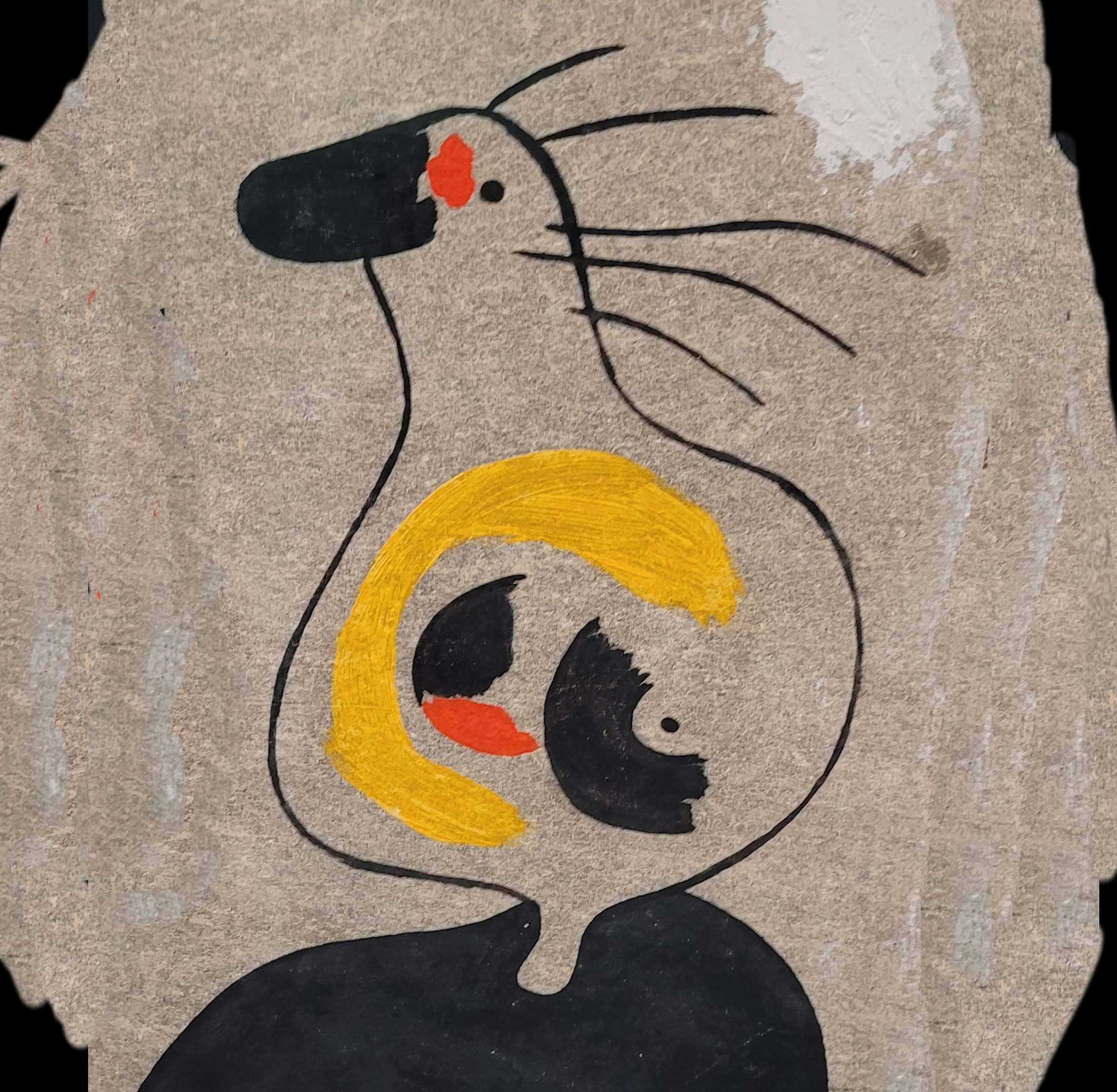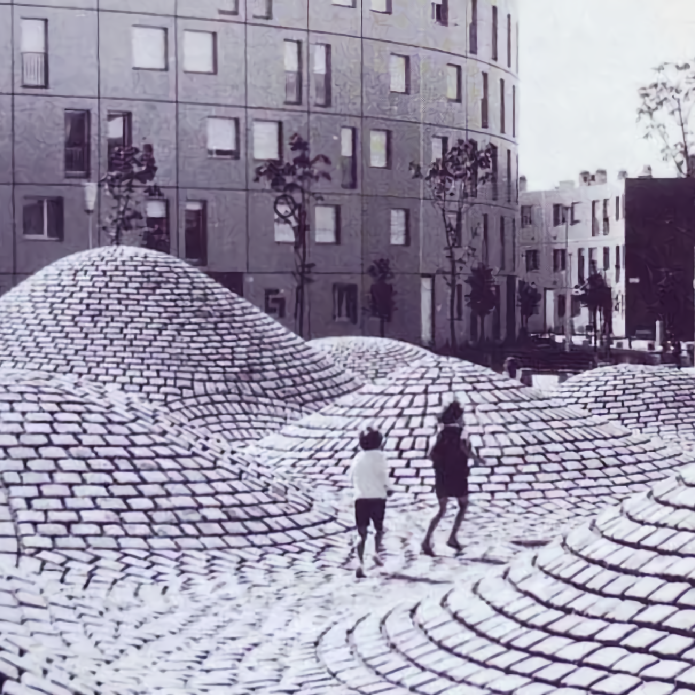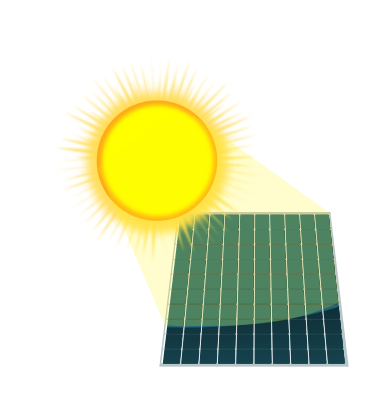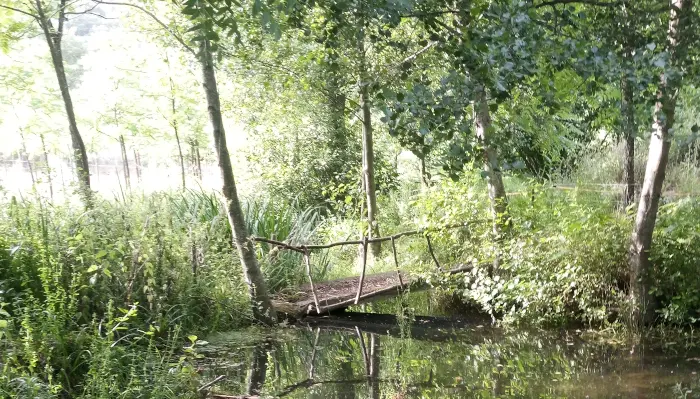
That’s great to hear! Thanks for letting me know! I’ve been updating the version on my website occasionally, as I find new examples. I’ll try to copy the updates over to this post too!
I write science fiction, draw, paint, photobash, do woodworking, and dabble in 2d videogames design. Big fan of reducing waste, and of building community

That’s great to hear! Thanks for letting me know! I’ve been updating the version on my website occasionally, as I find new examples. I’ll try to copy the updates over to this post too!


There are some interesting proposals for electric ships using containerized batteries which can be loaded/unloaded with the same cranes they use for shipping containers and charged in port. https://cleantechnica.com/2025/05/24/beyond-the-harbor-electrifying-short-sea-routes-and-hybridizing-blue-water-shipping/
It may not be suitable for transoceanic trips but a lot of shipping follows the coasts or even travels by river where this may be more practical.
Thank you!


Such a great project!
Sounds like ‘installed’ might be overselling it a little unfortunately - given that jerks carried them off. There are a few types of epoxy that could help. Pretty sure even JB Weld will stick wood to concrete. And they make some amazing specialist adhesives. It won’t stop the city but might delay the NIMBYs for a day or two. (Especially if they’re as old as I am and they throw their back out trying to pick it up the first time).
We’ve been making good progress on the Buried Treasure Fully Automated campaign! The second test group finished their 14-session playthrough and had a blast. They were sad it ended but are looking forward to the follow-on story.
We’ve been making good progress on line edits and have talked out a lot of goals and changes in the weekly developer meeting. I need to work on the cover but haven’t gotten to that yet. Andrew has been working on some additional, realistic watershed maps which I’m very excited about. Anything that presents realistic how-it’s-done info is awesome and if they’re a little complicated to understand, I think it’s a good kind of puzzle. I can’t remember if I wrote about testing the new soil testing mechanic last time or not but we did that too.
I’ve also reached out to a few more folks for input. I’d very much like to vet everything for accuracy, even the stuff I know.
I also had the great good fortune to make friends with some more writers, one of whom has published a Choose Your Own Adventure before. Long, long, long-term I’d very much like to make a CYOA version of this campaign. The more self-contained format really appeals to me as a way to present much of the same information. A reader can just pick up a solarpunk CYOA in a way they might not try to read a premade campaign for a specific TTRPG. It’ll be a huge project, restructuring the open sandbox into branching storylines, but I have a lot of content already written so flowcharting it out doesn’t feel as impossible as once it did. It’s not something I’ll start working on until the campaign is finished but I’m having some fun thinking on how to do it and what will go where. Like the campaign it’ll be copyleft, with a free ebook and bookbinding version.


The reasons I’ve seen mostly have to do with upfront cost and convenience for maintenance. Support structures for solar panels can be pretty crude and basic if they’re just sitting low on a field. For a parking lot you need a much taller structure which will likely deal with more wind, but which is also designed to minimize the number of support posts so it’s not in the way, and to survive idiots running into it with their Ford fteen thousand.
If something goes wrong in a field the crew can just drive there and start working. If there’s a problem with the panels over a parking lot they may need to clear part of the lot, bring in bucket lifts, etc.
It can definitely be done and I think it’s a great idea all around but they’re usually looking with an eye towards how quickly the project pays for itself.
That seems like it would work quite well! Especially if the patio screen guarantees other critters won’t try to come in.
Not sure what tools you have access to but If you have a table saw you can cut a notch into the wood for the plexi before you assemble the frame.
I just helped my folks turn a porch into a catio - we used a layer of chicken wire on the inside with a layer of fabric bug screen on the outside. Years ago one of our cats got startled and ran right through a screen on our screen porch (fell one story into deep snow and kept right on going. He was fine, my dad was pissed). For this one we built wooden frames and stapled the screen and chicken wire on and attached those to the porch with wood screws. You could run slats from house to fence for support.
This sounds wonderful, I’d love to have that kind of network again. I’m curious about how they went about the technical side of things - if it’s all tunneled together or if they’re running cables to nearby houses and setting up wireless relays or something. There’s so much cool stuff we could bring back if we weren’t under constant attack from the internet at large.


So I know some folks who are the type to upgrade every couple years. Generally their old devices get sold on facebook marketplace or craigslist or they give them to me (usually when they’re fed up trying to sell them). I also find plenty of laptops dumped, still working, into corporate ewaste. Most of the ones I end up with get cleaned up, reinstalled, and handed off to a charity.
The better answer is yes there are places people use to give them away for free. Many towns and cities have free groups like Buy Nothing, Everything is Free, or Freecycle. If really recommend these for how easy they are to use. Some recycling centers have swap shops where working items are made available for free to town residents and volunteers can likely point you to relevant charities (such as refugee resettlement orgs or programs providing housing and items to help folks get back on their feet. Makerspaces/hackerspaces are also likely to take working machines, and there’s an outside chance some high school tech program will want them, though that will depend on their needs.


This is my go-to solution - I personally prefer Linux Mint with MATE for a desktop environment.
But if you, like me, have relatives who flatly refuse to use anything but windows (even as they complain about having to relearn the operating system every few years anyways!) then this might be useful to you: https://www.theregister.com/2025/04/22/windows_10_ltsc/?td=rt-3a
Whatever it takes to keep working tech out of the landfill and the potential replacement computers sitting on store shelves.
I really do recommend trying Linux though, it’s been my daily driver for years, including all through college when my windows partition died and I found myself making due with the mint partition I was testing out just to get assignments done. For older computers and Chromebooks Alpine Linux is great but a little more work.
I’m lucky Fully Automated’s primary mechanic is both flexible and simple because I’m here to tell ya, I’ve played D&D and I don’t think I could DM for that. Some folks are heavier on special game mechanics for each thing, and lots of rules, I treat my games more like collaborative storytelling with dice rolls just when the players want to do something cool or difficult. The big challenge for me is managing all the potential story paths on the fly and sort of adjusting what/when certain events outside the players’ control should happen to manage the pace of the plot and keep things feeling cinematic. At this point I know my NPCs pretty well and can kinda ad lib reactions to the players just fine, so sessions where I’m just reacting to the players are kinda easy - but when they set big events in motion I need to quickly balance what happens and try to case out where those events end. Does this push the bad guy to try and confront them directly? Should one of their informants call in now with the information they asked them to find last session? Stuff like that where I know it’ll adjust the course of their story. So I guess I’m mostly constrained by “what would happen” - what feels reasonable or believable for characters, some of whom the players don’t even know about yet!


This is cool, kind of a small scale version of resin and fiberglass! Thanks!
Thanks! I don’t think we’ve written about it elsewhere but it’s a favorite rant of mine so I’m happy to talk about the gulf between self publishing as it is and what I think it could be if folks saw it as its own proud thing rather than a shameful admittance you couldn’t get a big company to buy your story. I’ll think it over and write more in another comment!
As for the bookbinding process I genuinely recommend anyone try it - it’s so much easier than you probably think! Plus of all the hobbies I’ve picked up over the years, it has one of the lowest costs of entry - the starter tools are extremely simple and can be bought at a lot of thrift stores.
If you want to read an amature account of the bookbinding process and the various resources I use, I’ve posted about my own bookbinding projects a few times over on our movim microblog:
https://movim.slrpnk.net/blog/jacobcoffinwrites%40slrpnk.net/e0befe7b-8bb3-49d3-ae61-40926c330d2e
Fun fact! I actually learned about rough mounding here: https://slrpnk.net/post/2293073
So for the TTRPG campaign/manifesto on solarpunk in rural New England, I think we’ve been making good progress. We’re officially in line edits now - we spent a couple weeks going through the sections and deciding on layout/organization changes, and now we’re digging into the content. I’m still trying to make sure each section has a description the GM can read out if they’re caught flatfooted, but we’re also adding sections to make finding NPC motives and capabilities easier. I think the changes are a big improvement on making it easily usable for people who aren’t me.
I’m especially pleased to have fit another regional issue/personal anxiety into a previously-underdeveloped section: the Hemlock Wooley Adelgid.
One of the groups the players can visit in the open world is a Rewilding Crew. Previously they were there to check up on plots of once-extremely-damaged land which had been restored decades before, and were mostly included so they could talk about destructive forestry practices, rewilding techniques like rough mounding, forest succession, etc, and to give the players a hand on researching potential dump sites. I gave them an additional job: re-establishing Eastern Hemlocks in their mid-suscession projects. This let me include some info on the modern-day threat of the Hemlock Woolly Adelgid, and some ways it could be neutralized or at least made less invasive in the future using IRL techniques (such as importing very specific predator beetles). Plus it was a chance to write some good news for one of my favorite trees. I really like finding opportunities to make the campaign a little more dense with relevant information, and making a somewhat bland section pull triple duty adressing multiple modern day environental issues happening in New England, that feels like an improvement.
My other writing-related project is more publishing related. A year or so ago I really got into bookbinding (by which I mean I learned one very basic technique for making decent hardcover and paperback books and used it again and again to make a bunch of books I’d only ever been able to get as PDFs into real physical books on my shelf). I love sharing anything that saves other people some work so I also shared all the print-ready interposed files and covers I prepared. I made several copies of the Fully Automated rulebook and provided the files for the book block and cover and the devs hosted them on their website AND SOMEONE CAME ALONG AND BOUND THEIR OWN COPY USING MY FILES! So cool. To this day the only way to get a physical copy of Fully Automated is to find an unguarded office printer and try some bookbinding (though we do plan to set up an at-cost print-on-demand book eventually).
Recently I was talking with a writer friend and one of our old topics of conversation came up - the gulf between indie music, especially punk and lo-fi and indie books. Indie music tends to be weird and different - proudly something a record label wouldn’t release. It’s it’s own thing. But when you’re self publishing a book there’s a tremendous pressure to make it look like ‘the real thing’, to conceal that it wasn’t printed by one of the big publishing houses. This goes on even as those companies cut costs, refuse to provide editors, use AI slop for covers, and generally screw their authors. We’d talked before about making indie books more like lo-fi music, but aside from sites like AO3, didn’t have a good idea for that. But my experience with bookbinding and Fully Automated got me thinking about releasing more stuff that way - possibly even eventually building an entire archive of print-ready, interposed copyleft and public domain books and short stories and covers. I love the idea of sidestepping the publishers altogether and sending people the actual book itself, some assembly required, and spreading a wonderful skill set along the way. Bookbinding is fun and genuinely quite approachable even with extremely basic tools. Some classes and books make it sound a lot more difficult than it is, you can put a full paperback or hardcover together with stuff from your arts and crafts box and a couple tutorials off the Internet.
For the short term, I’m just helping writer friends interpose and bind stories they were already putting online for free, but I’d like to start something bigger eventually. There’s a big bookbinding community out there but it seems kinda siloed - I think a place to share files and self publish without all the middlemen could be kinda neat.
In the meanwhile I’m happy to help anyone who wants to make a zine or bookbinder version of their stories.


The lack of official touchscreens/GPS/center console media etc seems like a good step - at the very least, unnecessary antennas and microphones should be easier to spot/replace with an old MP3 player with one annoying song.


So genuine question: are the parts like batteries/motors safe and otherwise good enough to be used in ICE conversions? Or is there some kind of software/network boobytrap to be circumvented? The car itself is a horribly flawed surveillance box, but it seems like the flaws I’ve seen are mostly a sort of problem by compilation, like the finished product is worse than the sum of it’s parts. Is there a chance at least that this overproduction could help provide parts for conversion vehicles?
Depends on the area but thrift stores can be great for toys - if only because survivorship bias says anything that makes it there will last a long long time.
Local free groups like Buy Nothing can also be great for sports equipment, school supplies, kid sized furniture etc.
Editing to add this link from another comment because I had no idea that (of course) there’s organized opposition by entrenched interests to prevent anything for the public good https://www.motherjones.com/politics/2025/06/dark-roof-lobby-white-reflective-roofs-laws-lobbying-urban-heat-islands/
I don’t think the current roofs are painted black - they’re naturally black because roofing tar and asphalt shingles are black by default (a lot of sheet metal roofing is too but you can at least get that in most colors). So it’s not a matter of swapping out paint but adding something new. It also adds a new maintenance cost - keeping the white roof clean/maintained. Paint flakes off, tarps etc wear and become tattered, dirt and pollen collect on the surface. None of this is a dealbreaker by any means but our society seems to run on defaults and there’s a lot of inertia in construction and a lot of pressure on builders to keep materials costs down (even if doing so costs the owners or occupants more in the long run).
I hope this continues to take off because it really is a big improvement.